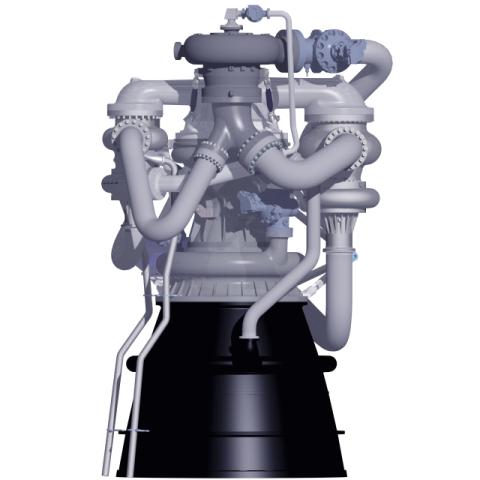It's a bit above this post.
Sounds just a little condescending… but I guess that’s just me.
I have been heavily involved in quality control, as well as Mechanical engineering, and Metallurgy for over 20 years.
I have also done my fair share of Finite element analysis (FEA’s) both thermal and mechanical, and I am fully versed in Metrology (GD&T) as well as mechanical testing, Fatigue tests, ultimate axial and torque as well as wear testing all in accordance to the suppliers engineering specifications (ES).
I have worked for those people that got us to the Moon… yep people that have worked for NASA!
I have also been heavily involved in safety for over 20 years and yes the kind of safety that can KILL people…
Soooo I can tell you sincerely and most definitely it is NOT “a bit above this post.”
I can back all of this up too!
Wana test me?
I have been trying my best to get along with you but to be totally honest
this POST is a bit over your head!
I have spent the entire day going over the Falcon 9 and NASA's testing standards… and ya know what?
At this point the Falcon 9 doesn’t cut the mustard… not even close!
No history... never been launched... no repeatability… no reproducibility … and a total statistical nothing!
SRB's have been launched for 30 years with only one misshap.... and keep in mind there were icicles hanging everywhere with subfreezing temperatures the night before when that occurred.
Here is what I have been going over all day (care to go over it yourself?)
NASA Technical Standards
http://standards.nasa.gov/documents/nasa
One thing stood out… Although SpaceX says they meet these standards they don’t prove it ANYWHERE!
But NASA puts their Standard right out on the web for everyone to see!
i.e. I say I can but I don’t prove it ANYWHERE!
And more specifically
NASA-STD-5017
Baseline DESIGN AND DEVELOPMENT REQUIREMENTS FOR MECHANISMS
So you don't get to lost (Page 24 of 30)
4.13.3 Design Life Test Factor
a. Human-rated mechanisms shall be life tested to at least four times the number of
planned operational cycles plus four times the total number of ground cycles (including
assembly, installation, and maintenance) plus four times the total number of functional,
environmental, and run-in cycles. (See notes on Design Life Verification, section 5.7.)
b. Non-human-rated mechanisms shall be life tested to at least two times the number of
planned operational cycles plus four times the total number of ground cycles (including
assembly, installation, and maintenance) plus four times the total number of functional,
environmental, and run-in cycles. (See notes on Design Life Verification, section 5.7.)



